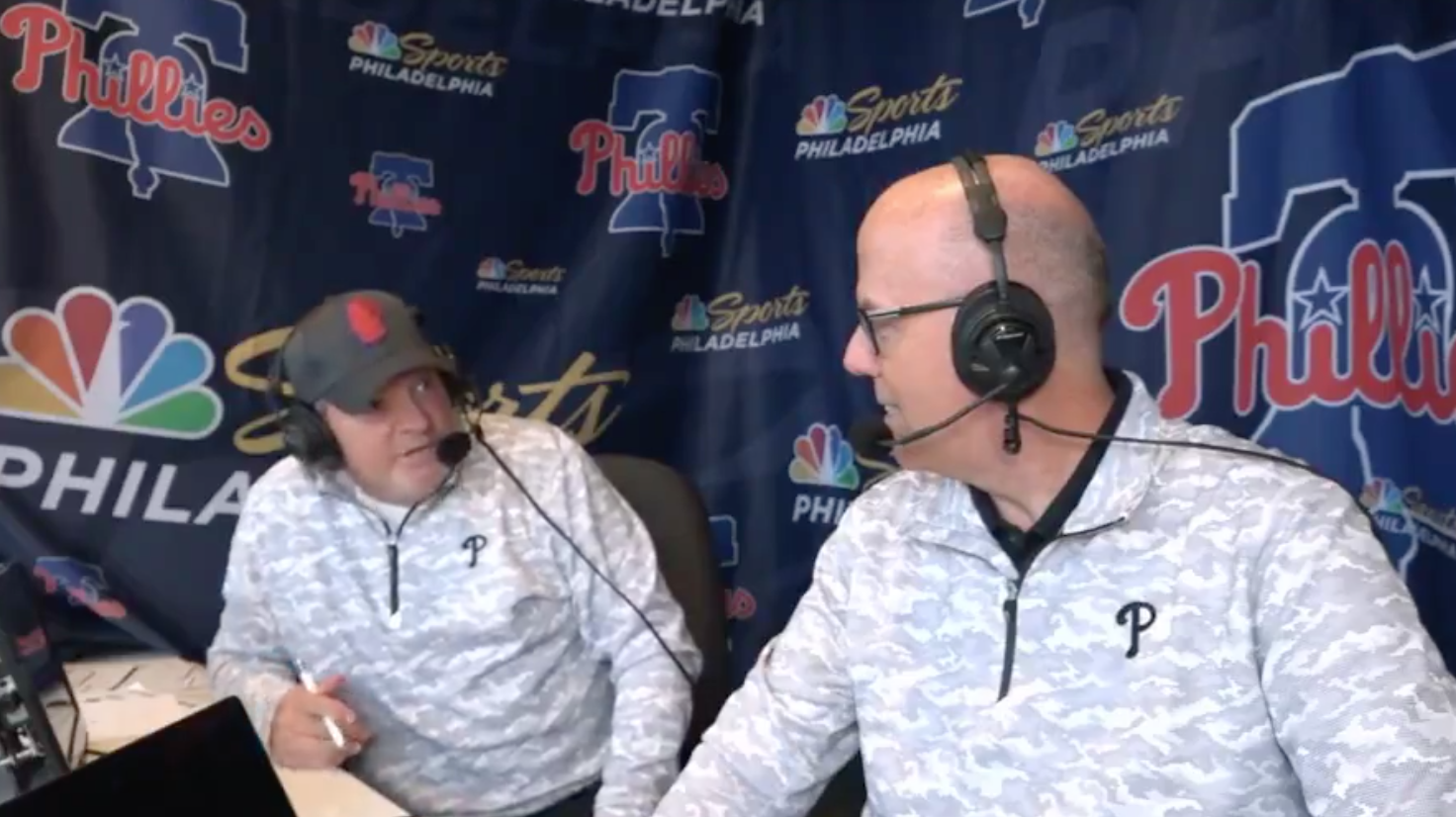There’s a growing pattern in the National Hockey League that the league and the commissioner have tried to ignore or divert the conversation from for far too long. And that conversation has been brought back to the forefront in the wake of Chris Simon’s death, which his family largely believes stems from the ill effects of Chronic Traumatic Encephalopathy (CTE).
While the “enforcer” role carries a certain prestige in the NHL, the long-term consequences can be devastating. These fighters endure repeated head injuries, which can lead to a progressive brain disorder known as CTE, which causes nerve cells to degenerate and worsen over time, with the only definitive diagnosis coming through a post-mortem brain autopsy. Simon was a well-known enforcer in the NHL after a career that included well over 100 fights and over 1800 penalty minutes.
Simon’s suicide at 52 and the apparent suicide of former NHL player Konstantin Koltsov at just 42 has seen the issue of CTE return to the spotlight.
Simon’s family released a statement through his former agent, expressing their firm belief that CTE contributed significantly to his passing.
Yet, the NHL continues to ignore the issue. The denialism is stunning yet unsurprising.
The recent tragedy surrounding Simon highlights a concerning trend within the NHL. The league seems reluctant to acknowledge the potential long-term consequences of head injuries on players, particularly those who played enforcer roles. This approach, prioritizing entertainment like fighting while downplaying the science of CTE, is eerily similar to denying the link between climate change and extreme weather events.
Similar to how recognizing the dangers of smoking didn’t eliminate cigarettes, acknowledging CTE wouldn’t eliminate fighting, but it would prioritize player safety through stricter protocols.
But the NHL doesn’t seem to be interested in doing that.
And in the wake of the recent tragedy, Deputy Commissioner Bill Daly told NHL insider Frank Seravalli that the league’s position on CTE remains unchanged. Daly stated that the “science is still lacking” on the definitive link between head injuries and CTE.
Asked Bill Daly whether the #NHL’s viewpoint has changed with additional medical studies that show a definitive link between CTE and repeated blows to the head.
“No,” Daly said. “I think the science is still lacking.”
— Frank Seravalli (@frank_seravalli) March 20, 2024
This isn’t just willful ignorance; it’s a tragically recurring pattern. As Bruce Arthur of the Toronto Star poignantly observed, this echoes a grimly familiar story that resonates deeply in Canada due to its similarities to other cases.
Also on Tuesday, it came out NHL defenceman Konstantin Koltsov jumped off a hotel balcony in Miami, which local police ruled a suicide. Koltsov played parts of three seasons with Pittsburgh, was a hockey coach and the boyfriend of the world’s No. 2 women’s tennis player, Aryna Sabalenka. He was just 42.
Simon, though, fits a larger pattern of enforcers who died early, and we can almost list them by memory: Wade Belak, Derek Boogaard, Rick Rypien, Bob Probert, Steve Montador, Todd Ewen, John Kordic, on and on. A 2023 study of 6,039 NHL players from 1967 to 2022 found that enforcers died 10 years younger than their counterparts, and more often of “neurodegenerative disorders, drug overdose, suicide, and motor vehicle crashes.”
We know that fighting is bad for you. We just ignore it, sometimes.
And in the case of NHL commissioner Gary Bettman, well, he always ignores it.
“Chris’s passing is tragic, sad. We extend our deepest condolences to his family and friends,” said Bettman. And, you know, on all of these matters, we wait to see what the medical experts tell us. Having said that, I think it’s well documented with all of the progress that we’ve made over the last couple of decades to make the game as safe as possible.”
Bettman was asked today about Chris Simon’s suicide and his family’s statement with their belief that he has CTE, which can only be diagnosed posthumously.
“Chris’ passing is tragic, it’s sad. We extend our deepest condolences to his family and friends. And, you know, on all of…
— Frank Seravalli (@frank_seravalli) March 20, 2024
While fighting and enforcing remain ingrained in hockey, the human cost is undeniable. Ex-players suffering from dementia in their fifties, after careers filled with head injuries, are a stark reality, not just statistics. Bettman’s pronouncements ring hollow in the face of this growing crisis. Actions speak louder than words, and decisive measures, not denials of well-established science, are needed from the league’s leadership.
The question remains: will the NHL finally take action? Their continued denial of the link between fighting and CTE raises serious doubts. While fighting holds a traditional place in the game, is it indispensable? Recent player suicides, with families pointing to potential CTE connections, highlight the urgency of change. The pressure is mounting, and the NHL can only resist for so long.
[Toronto Star, Frank Seravalli on Twitter/X]







